Home>Garden Essentials>How Much Turf Grass Needed To Produce Oxygen For Family Of Four
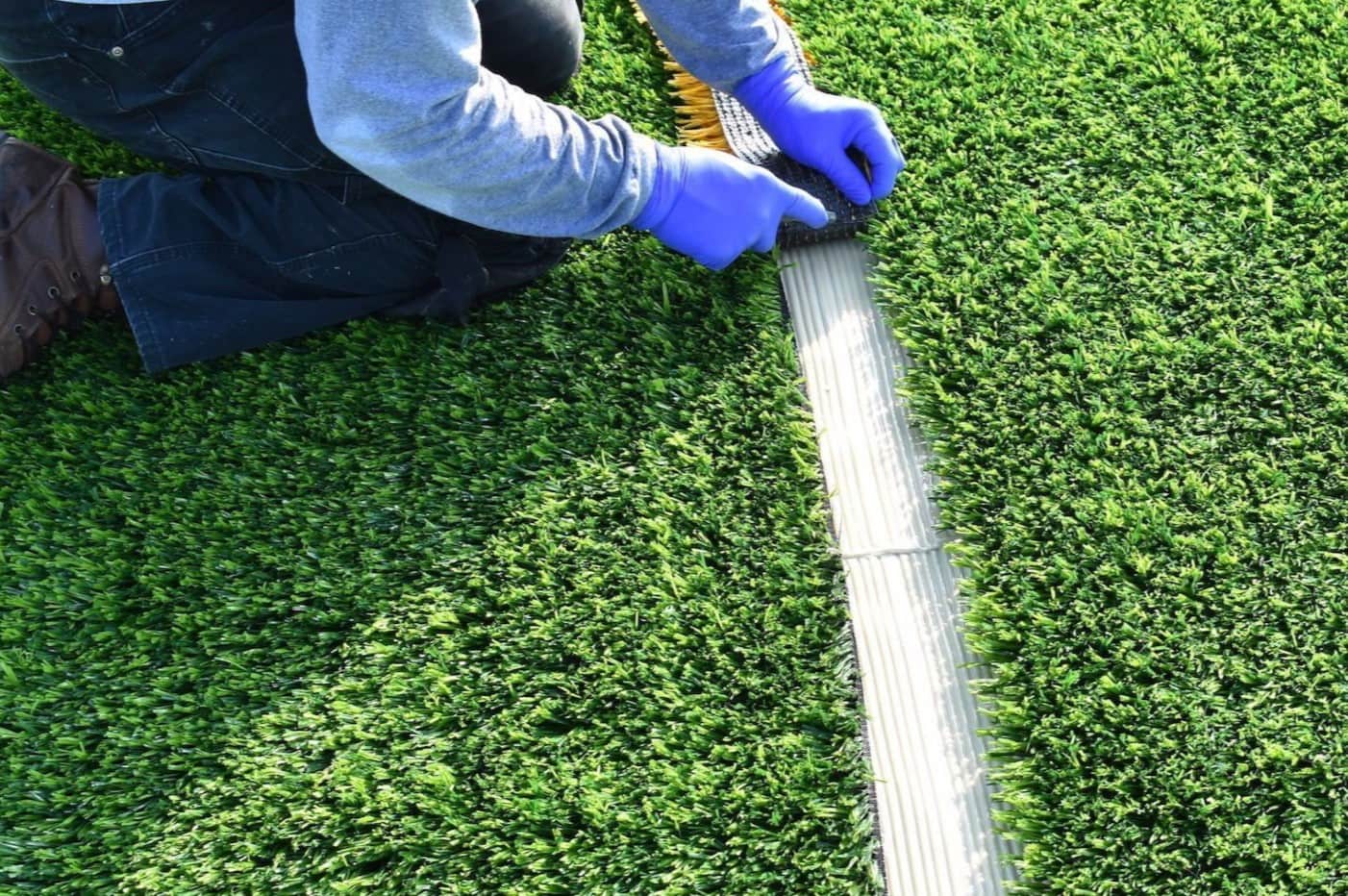

Garden Essentials
How Much Turf Grass Needed To Produce Oxygen For Family Of Four
Modified: September 2, 2024
Discover how much garden turf grass you need to produce enough oxygen for a family of four. Optimize your garden and breathe fresher air!
(Many of the links in this article redirect to a specific reviewed product. Your purchase of these products through affiliate links helps to generate commission for Storables.com, at no extra cost. Learn more)
Introduction
Welcome to our guide on how much turf grass is needed to produce enough oxygen for a family of four. In today’s fast-paced world, where environmental concerns are on the rise, it’s essential to understand the impact of vegetation on oxygen production. Turf grass, with its widespread use in lawns and gardens, plays a crucial role in maintaining a healthy supply of oxygen.
But what exactly is turf grass? Turf grass is a type of grass specifically cultivated for creating lush, green lawns. It is known for its dense growth habit and ability to withstand regular mowing and foot traffic. Turf grasses typically include popular varieties like Bermuda grass, Kentucky bluegrass, and Zoysia grass. These varieties are selected for their aesthetics and ability to thrive in specific climate conditions.
The production of oxygen is a critical natural process that sustains life on our planet. The air we breathe is composed of various gases, with oxygen being the most vital for our survival. Oxygen is not only essential for human respiration but also plays a fundamental role in the functioning of ecosystems, supporting the well-being of plants, animals, and microorganisms.
So, how much oxygen does a family of four require? On average, each person consumes approximately 550 liters of oxygen per day through their breathing. For a family of four, the total demand would amount to 2,200 liters of oxygen daily. This estimation takes into account that each person breathes around 19 cubic feet of air per day and oxygen makes up around 20% of the air composition.
Turf grass, like all plants, goes through a process called photosynthesis to produce oxygen. During photosynthesis, plants convert carbon dioxide into oxygen using sunlight and water. Turf grass has a remarkable ability to produce oxygen, given its dense and extensive root system, which allows for efficient absorption of water and nutrients.
Estimating the amount of turf grass needed to produce enough oxygen for a family of four depends on various factors, including the type of grass, its growth rate, and the local climate. However, we can provide a rough calculation based on the average oxygen production capacity of turf grass.
Key Takeaways:
- Turf grass is essential for producing oxygen, with an average family of four needing about 2,200 liters of oxygen per day. This highlights the crucial role of turf grass in maintaining a healthy supply of oxygen for our well-being and the environment.
- Turf grass not only contributes to oxygen production but also offers benefits like erosion control, water filtration, heat reduction, and psychological well-being. It’s a vital element in creating sustainable and enjoyable outdoor spaces for humans and wildlife.
Read more: Which Produces More Oxygen: Trees Or Grass
Definition of Turf Grass
Turf grass is a term used to describe a specific group of grass species that are cultivated and managed for their use in creating lawns and other recreational areas. It is characterized by its dense growth habit, uniform appearance, and ability to withstand regular mowing and foot traffic. Turf grass is commonly found in residential lawns, parks, golf courses, sports fields, and other areas where a lush, green ground cover is desired.
There are several popular varieties of turf grass, each with its own unique characteristics and suitability for different climates and growing conditions. Some of the most commonly used turf grass species include Bermuda grass, Kentucky bluegrass, Zoysia grass, and St. Augustine grass.
Bermuda grass, known for its excellent heat and drought tolerance, is often found in warm and tropical regions. It has a fine texture and can withstand heavy use, making it a popular choice for sports fields and high-traffic areas.
Kentucky bluegrass is a cool-season grass that thrives in moderate climates. It is known for its dark green color and fine texture, making it a favorite for residential lawns and golf courses.
Zoysia grass is another warm-season grass that performs well in hot and humid conditions. It is known for its ability to tolerate drought and its dense growth habit, which helps to crowd out weeds.
St. Augustine grass is a warm-season grass that excels in tropical and subtropical regions. It has a coarse texture and thrives in moist conditions, making it a popular choice for coastal areas with high humidity.
Turf grass provides numerous benefits beyond its aesthetic appeal. It helps to stabilize the soil, prevent erosion, filter pollutants, and reduce surface temperatures. Additionally, turf grass can improve air quality by absorbing carbon dioxide and releasing oxygen through the process of photosynthesis.
Overall, turf grass serves as a vital component of our outdoor living spaces, contributing to the beauty and functionality of our landscapes while also providing important environmental benefits.
Importance of Oxygen Production
Oxygen production is a crucial process necessary for the survival of all living organisms on Earth. It plays a pivotal role in maintaining a healthy and balanced ecosystem, as well as sustaining human life. Let’s explore the significance of oxygen production and its impact on our environment.
First and foremost, oxygen is a fundamental requirement for human respiration. We inhale oxygen and exhale carbon dioxide as part of the breathing process. Oxygen is vital for our cells to produce energy and carry out various physiological functions in our bodies. Without a sufficient supply of oxygen, our health and well-being would be severely compromised.
Not only is oxygen crucial for human life, but it also supports the survival of other organisms. Plants, for instance, rely on oxygen during respiration, just like humans and animals do. However, what sets plants apart is their remarkable ability to produce oxygen through the process of photosynthesis.
Photosynthesis is a vital biochemical process that takes place in the chloroplasts of plant cells. During this process, plants use sunlight, water, and carbon dioxide to produce glucose (a form of sugar) and oxygen. Oxygen is released into the atmosphere as a byproduct of photosynthesis, enriching the air with this life-sustaining gas.
The oxygen produced by plants serves various critical functions. It not only supports the respiration of other organisms but also helps in the breakdown of organic matter, such as dead plants and animals, through the process of decomposition. Oxygen is also necessary for the proper functioning of aerobic bacteria, which play a crucial role in soil health and nutrient cycling.
Oxygen production by plants, including turf grass, helps to maintain a healthy balance in atmospheric gases. It allows us to breathe clean air and supports the intricate web of life on Earth. By increasing oxygen levels, we can reduce the concentration of other harmful gases, such as carbon dioxide and pollutants, which have negative effects on air quality and contribute to climate change.
Furthermore, oxygen production by plants contributes to the overall stability of ecosystems. It helps to regulate the temperature and humidity of the surrounding environment, making it more conducive for the growth and survival of other organisms. Oxygen also plays a role in supporting aquatic life, as oxygen dissolves in water and is vital for the survival of fish and other aquatic organisms.
In summary, oxygen production is of utmost importance for the well-being of our planet. It supports human life, sustains the functioning of ecosystems, and helps maintain environmental balance. Recognizing the significance of oxygen production highlights the crucial role that plants, including turf grass, play in promoting a healthier and more sustainable environment.
Calculation of Oxygen Needed for a Family of Four
In order to estimate the amount of oxygen needed for a family of four, we need to consider the average oxygen consumption per person and multiply it by the number of individuals in the family.
On average, each person breathes in approximately 550 liters of oxygen per day, based on studies that indicate an average breathing rate of around 6-10 liters per minute during normal activities. This estimation takes into account that oxygen makes up about 20% of the air we breathe.
For a family of four, the total oxygen demand would be approximately 2,200 liters per day. This calculation assumes that each family member breathes in a similar amount of air and requires a similar amount of oxygen for respiration.
To put it into perspective, if we were to fill a large aquarium with 2,200 liters of oxygen, that would be the approximate amount needed to sustain a family of four for one day.
It’s important to note that this estimation is based on average values and individual oxygen requirements may vary depending on factors such as age, activity level, and overall health conditions. However, the calculation provides a useful benchmark for understanding the oxygen needs of a family unit.
It’s worth mentioning that this calculation only considers the amount of oxygen needed for breathing and does not account for other sources of oxygen, such as plants and natural air circulation.
In terms of oxygen production, plants, including turf grass, play a vital role in replenishing the oxygen levels in the atmosphere. Through the process of photosynthesis, plants absorb carbon dioxide and release oxygen as a byproduct. Turf grass, with its dense growth habit and extensive root system, has the potential to produce a significant amount of oxygen.
Understanding the oxygen needs of a family of four allows us to appreciate the importance of maintaining a healthy environment with an ample supply of oxygen. By incorporating green spaces, including turf grass, into our living areas, we not only enhance the aesthetic appeal but also contribute to the oxygen supply, ensuring a healthier and more sustainable living environment.
Oxygen Production Capacity of Turf Grass
Turf grass, with its dense growth habit and extensive root system, has a remarkable capacity for producing oxygen. Through the process of photosynthesis, turf grass absorbs carbon dioxide and releases oxygen, helping to enrich the surrounding air with this vital gas.
The oxygen production capacity of turf grass can vary depending on several factors, including the type of grass, its growth rate, and local climate conditions. On average, turf grass produces about 5 to 10 grams of oxygen per square meter per day. This estimation considers a moderate growth rate and optimal environmental conditions for turf grass growth.
To put this into perspective, a 1,000 square meter lawn would produce approximately 5,000 to 10,000 grams (or 5 to 10 kilograms) of oxygen per day. This amount of oxygen is equivalent to the average daily oxygen consumption of about 50 to 100 people.
The oxygen production capacity of turf grass is particularly impressive when we consider the vast expanses of lawns and green spaces found in parks, golf courses, and residential areas. Collectively, these areas contribute significantly to the oxygen supply in urban and suburban environments.
Furthermore, turf grass has a unique ability to sustain continuous oxygen production throughout the day. Unlike some plants that primarily photosynthesize during daylight hours, turf grass can also engage in a process called “crassulacean acid metabolism” (CAM), which allows it to perform photosynthesis during the night. This enables turf grass to maintain a steady source of oxygen, ensuring a consistent supply of this vital gas even during the dark hours.
It’s worth noting that the oxygen production capacity of turf grass can be influenced by certain factors. Adequate sunlight, water availability, and nutrient levels are essential for optimizing turf grass growth and oxygen production. Maintaining proper lawn care practices, such as regular mowing, fertilization, and irrigation, can help enhance the oxygen production capacity of turf grass.
Overall, turf grass serves as a significant contributor to oxygen production, playing a crucial role in maintaining a healthy and balanced environment. Incorporating turf grass into our outdoor spaces not only enhances the aesthetic appeal but also helps to sustain oxygen levels, contributing to the well-being of both humans and the natural world.
A family of four would need about 2,000 square feet of turf grass to produce enough oxygen for their daily needs. This can help in planning for a healthy and oxygen-rich environment in your backyard.
Read more: How Much Are Astro Turf Pitches
Estimating the Amount of Turf Grass Needed
When it comes to estimating the amount of turf grass needed, several factors come into play, including the size of the area to be covered, the type of grass desired, and the desired thickness or density of the lawn. Here are some guidelines to help you determine the amount of turf grass required:
1. Measure the Area: Start by measuring the length and width of the area you intend to cover with turf grass. Multiply these measurements to calculate the total square footage. For irregularly shaped areas, break them down into smaller sections and measure each separately.
2. Consider the Turf Grass Type: The type of turf grass you choose will affect the amount needed. Different grass varieties have different growth habits and density levels. Some types spread quickly and require less initial coverage, while others have slower growth rates and need more extensive planting.
3. Determine the Desired Density: Consider the level of thickness or density you desire for your lawn. For a more lush and even appearance, you may want to increase the amount of turf grass to achieve the desired coverage and texture.
4. Calculate the Square Footage: Determine the square footage coverage of the turf grass you plan to use. Most turf grass is sold in rolls or pallets with specified square footage coverage. Divide the total square footage of your area by the square footage coverage per roll or pallet to determine the number of rolls or pallets needed.
5. Allow for Overlap and Waste: It’s recommended to account for extra coverage to accommodate overlap and potential waste during installation. Adding an additional 5-10% to your calculated square footage can help ensure you have enough turf grass to cover the area properly.
6. Consider Professional Installation: If you’re unsure about the estimation or prefer a hassle-free process, consider hiring a professional turf grass installer. They have the expertise to accurately calculate the required amount of turf grass and ensure proper installation for optimal results.
Remember, these calculations provide a general estimation and may vary depending on specific factors like slope, elevation changes, and irregular shapes. It’s always recommended to consult with turf grass professionals or suppliers for more specific and accurate estimations based on your unique requirements.
By accurately estimating the amount of turf grass needed, you can ensure the proper coverage and density of your lawn. This will not only enhance the visual appeal of your outdoor space but also contribute to the oxygen production and overall health benefits provided by turf grass.
Factors Affecting Oxygen Production by Turf Grass
Oxygen production by turf grass is influenced by various factors, both environmental and management-related. Understanding these factors can help optimize oxygen production and promote a healthier and more productive turf grass ecosystem. Here are some key factors that affect oxygen production by turf grass:
1. Sunlight: Turf grass requires sunlight for photosynthesis, the process by which plants convert carbon dioxide into oxygen. Adequate exposure to sunlight is essential for optimal oxygen production. Ensure that your turf grass receives sufficient sunlight by avoiding overhanging trees or structures that may create shade.
2. Water Availability: Turf grass needs an appropriate water supply to support its growth and oxygen production. Adequate irrigation encourages healthy root development, which enhances oxygen absorption and photosynthetic activity. However, be cautious not to overwater, as excessive moisture can lead to reduced oxygen levels in the soil and potential issues like root rot.
3. Nutrient Levels: Nutrient availability, particularly nitrogen, phosphorus, and potassium, plays a significant role in turf grass health and oxygen production. These nutrients are essential for the development of chlorophyll, the pigment responsible for photosynthesis. Regular fertilization and soil testing can help maintain an optimal nutrient balance and promote efficient oxygen production.
4. Soil Conditions: The soil composition and quality directly impact the oxygen availability to turf grass roots. Aerated and well-drained soils facilitate oxygen movement, allowing roots to absorb the necessary oxygen for photosynthesis. Compacted or waterlogged soils can impede oxygen flow, reducing turf grass productivity and oxygen production. Regular aeration and soil amendments can improve soil conditions and promote oxygen availability.
5. Mowing Height: The height at which you mow your turf grass can affect oxygen production. Optimal mowing practices, such as maintaining a proper mowing height, promote a healthy photosynthetic process. Cutting the grass too short can limit the leaf surface area available for photosynthesis, leading to reduced oxygen production. Follow recommended mowing guidelines for the specific turf grass variety you have to ensure optimal oxygen production.
6. Pest and Weed Management: Proper pest and weed management are essential for maintaining turf grass health and preserving its oxygen-producing capacity. Invasive weeds and pests can compete with turf grass for resources and reduce its overall vigor and oxygen production. Implementing integrated pest management strategies and regular weed control measures can help protect your turf grass and maintain its oxygen production potential.
7. Climate and Seasonal Variations: Climate and seasonal changes influence turf grass growth and oxygen production. Different turf grass varieties have varying tolerance to temperature extremes, drought, and humidity levels. Selecting turf grass varieties suitable for your climate and implementing adaptive management practices can help optimize oxygen production throughout the year.
By considering these factors and implementing appropriate management practices, you can enhance the oxygen production capacity of your turf grass. This, in turn, contributes to a healthier outdoor environment and supports the well-being of both humans and the surrounding ecosystem.
Other Benefits of Turf Grass
Turf grass offers more than just its oxygen production capacity. It provides a range of additional benefits that contribute to our physical, environmental, and social well-being. Here are some of the other advantages of having a healthy and well-maintained turf grass lawn:
1. Erosion Control: Turf grass acts as a natural erosion control mechanism. The dense root system of turf grass helps to stabilize the soil, preventing soil erosion from wind and water runoff. This is especially beneficial on slopes or areas prone to erosion, as turf grass helps to retain valuable topsoil and protect the underlying landscape.
2. Water Filtration: Turf grass plays a crucial role in filtering and purifying rainwater. As rainfall infiltrates the soil, the roots of turf grass capture and absorb nutrients, pollutants, and sediment, acting as a natural filter. This process helps to improve water quality by reducing the runoff of contaminants into water bodies and enhancing groundwater recharge.
3. Heat Reduction: The presence of turf grass can significantly reduce surface temperatures, especially in urban environments with high levels of impervious surfaces and heat-absorbing materials. Turf grass acts as a natural cooling agent, absorbing and dissipating heat through evapotranspiration. This cooling effect helps to reduce the urban heat island effect and create more comfortable outdoor spaces.
4. Noise Reduction: Turf grass acts as a natural sound absorber, helping to reduce noise pollution in urban and suburban areas. The dense structure of turf grass can absorb and muffle sound, creating a quieter and more peaceful environment. This is particularly beneficial in residential areas, parks, and recreational spaces.
5. Aesthetics and Recreation: Turf grass provides a visually appealing and inviting landscape. A well-maintained lawn not only enhances the beauty of outdoor spaces but also contributes to the overall quality of life. Turf grass serves as an excellent surface for various recreational activities, such as picnics, sports, and family gatherings, promoting social interaction and healthy lifestyles.
6. Biodiversity Support: Turf grass, when managed with ecological principles in mind, can support biodiversity by providing habitat for beneficial insects, birds, and small mammals. The open structure of a turf grass lawn allows for the presence of diverse plant species, attracts pollinators, and creates opportunities for a thriving ecosystem within urban and suburban areas.
7. Psychological Benefits: The presence of turf grass has been shown to have positive psychological effects on human well-being. Spending time in green spaces and interacting with nature has been linked to reduced stress levels, improved mood, and enhanced cognitive function. Turf grass provides a natural environment for relaxation and rejuvenation.
By recognizing and appreciating these additional benefits, we can not only enjoy the aesthetic appeal and recreational opportunities that turf grass provides but also contribute to a more sustainable and healthier environment.
Conclusion
Turf grass is not just a decorative feature in our landscapes but a vital contributor to our well-being and the environment. Its oxygen production capacity, along with its array of benefits, makes it an essential element in creating healthy and sustainable outdoor spaces.
Through the process of photosynthesis, turf grass absorbs carbon dioxide and releases oxygen, contributing significantly to the oxygen supply in our atmosphere. This is particularly important for maintaining a healthy balance of gases and sustaining not only human life but also the functioning of ecosystems.
Estimating the amount of turf grass needed for oxygen production can be determined by factors such as the size of the area, grass type, and desired density. Taking these factors into account ensures adequate coverage and optimal oxygen production capacity.
In addition to oxygen production, turf grass provides other valuable benefits. It controls soil erosion, filters water, reduces heat, absorbs noise, enhances aesthetics, supports biodiversity, and promotes psychological well-being. These benefits create a healthier and more enjoyable outdoor environment for us and other forms of life.
However, it’s important to recognize that maintaining healthy turf grass requires proper management practices. Sunlight, water availability, nutrient levels, soil conditions, mowing height, and pest control should be carefully considered and implemented to optimize oxygen production and overall turf grass health.
In conclusion, turf grass plays a vital role in oxygen production, contributing to the sustenance and well-being of all life forms. By incorporating turf grass into our outdoor spaces and adopting sustainable maintenance practices, we can create healthier environments, reduce our ecological footprint, and enhance the quality of our lives.
So, let us appreciate the beauty and benefits that turf grass brings, and strive to create and maintain thriving, oxygen-producing turf grass ecosystems for generations to come.
Frequently Asked Questions about How Much Turf Grass Needed To Produce Oxygen For Family Of Four
Was this page helpful?
At Storables.com, we guarantee accurate and reliable information. Our content, validated by Expert Board Contributors, is crafted following stringent Editorial Policies. We're committed to providing you with well-researched, expert-backed insights for all your informational needs.
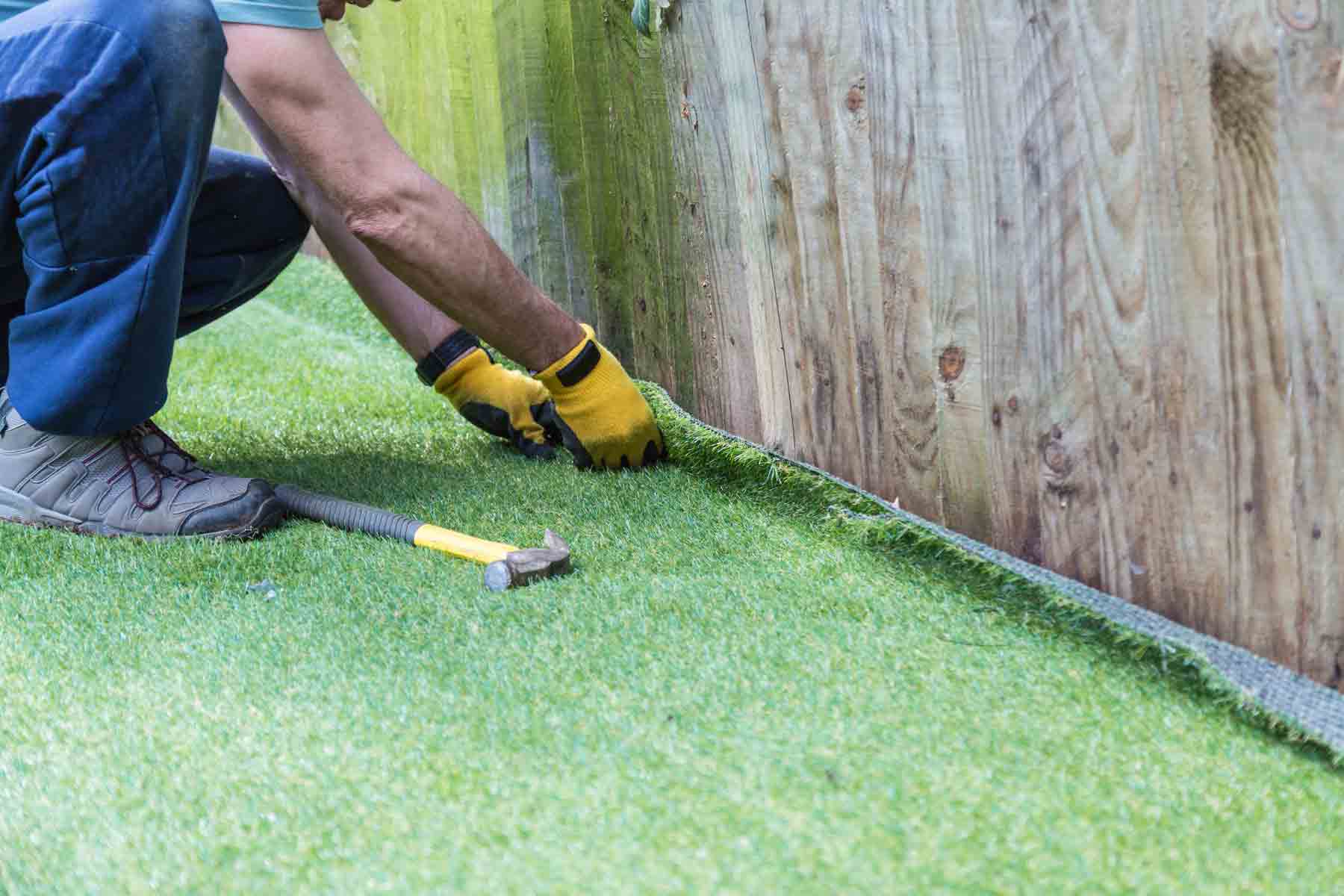
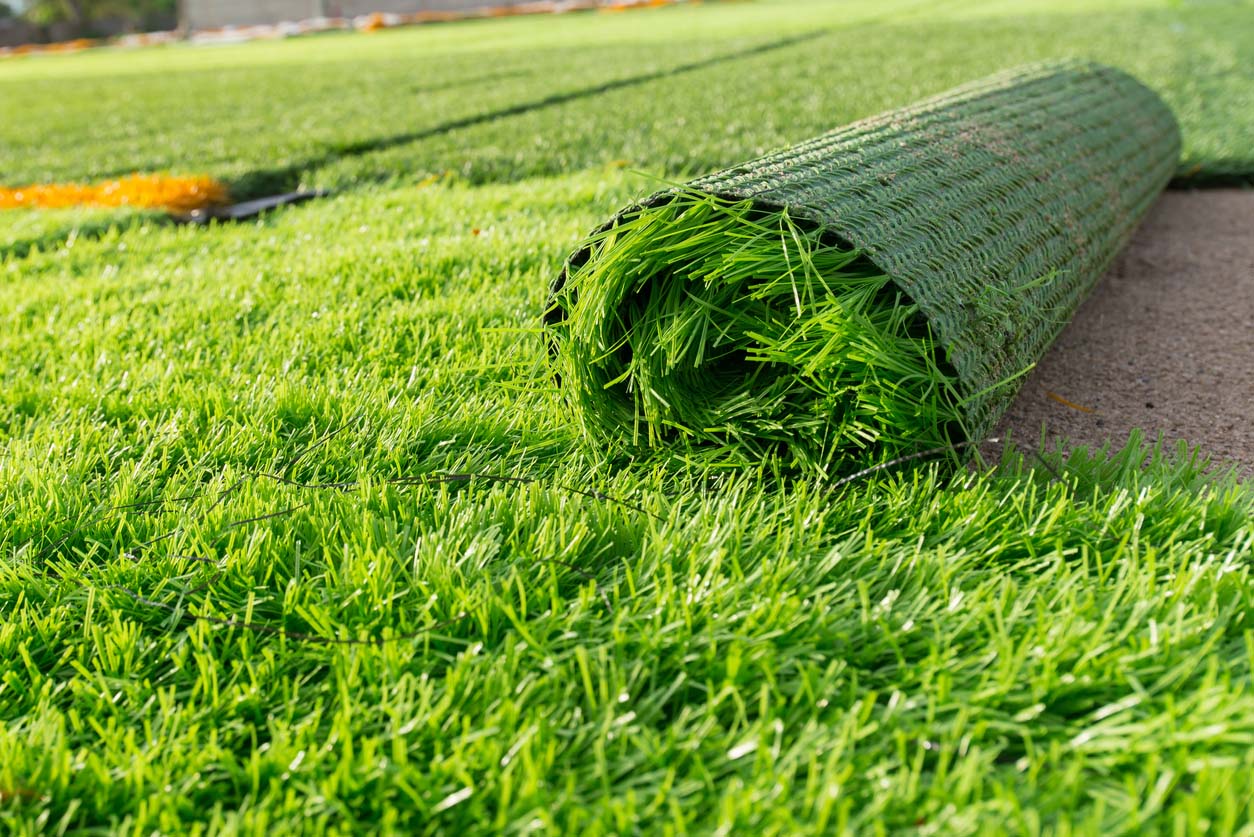
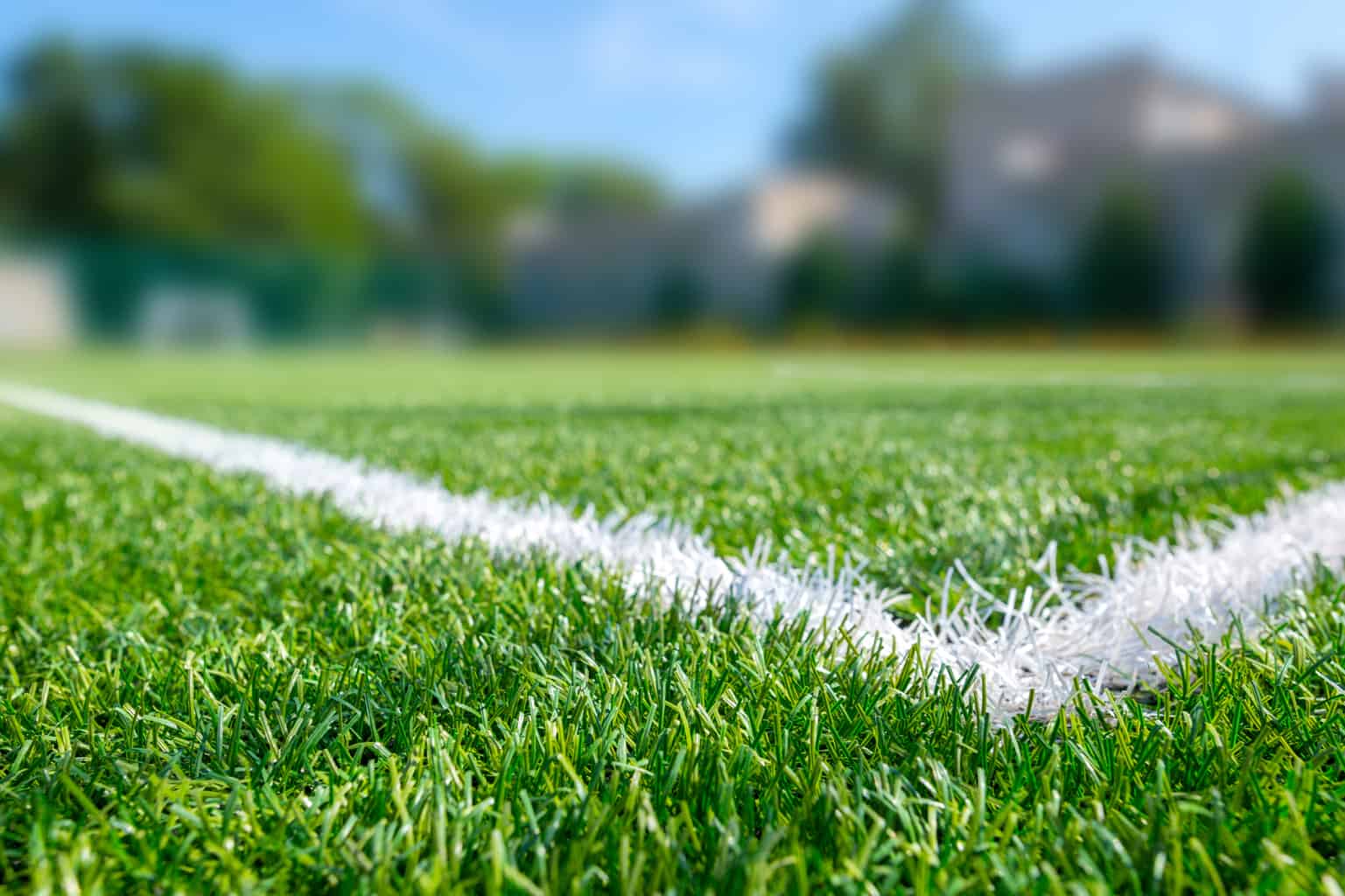
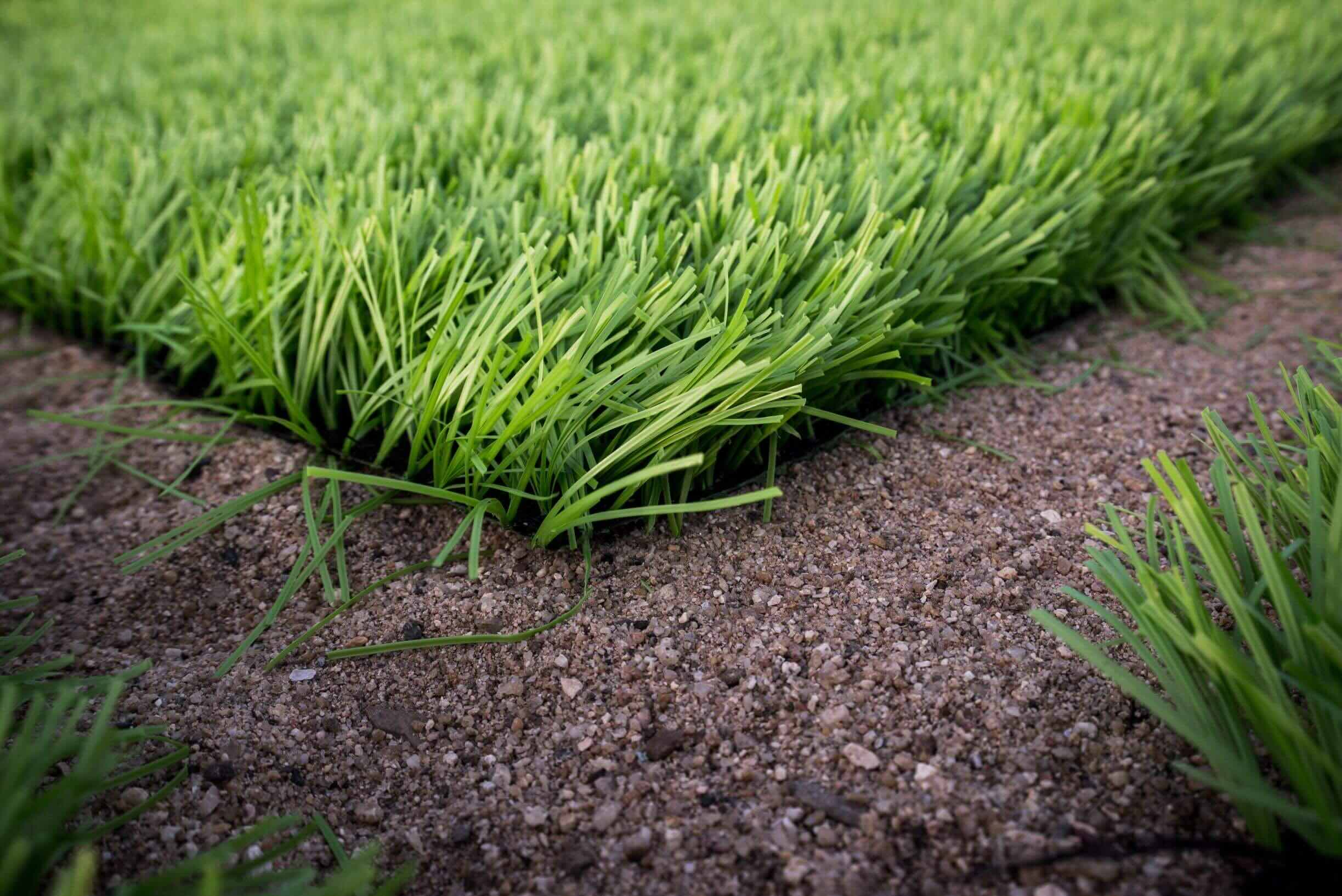
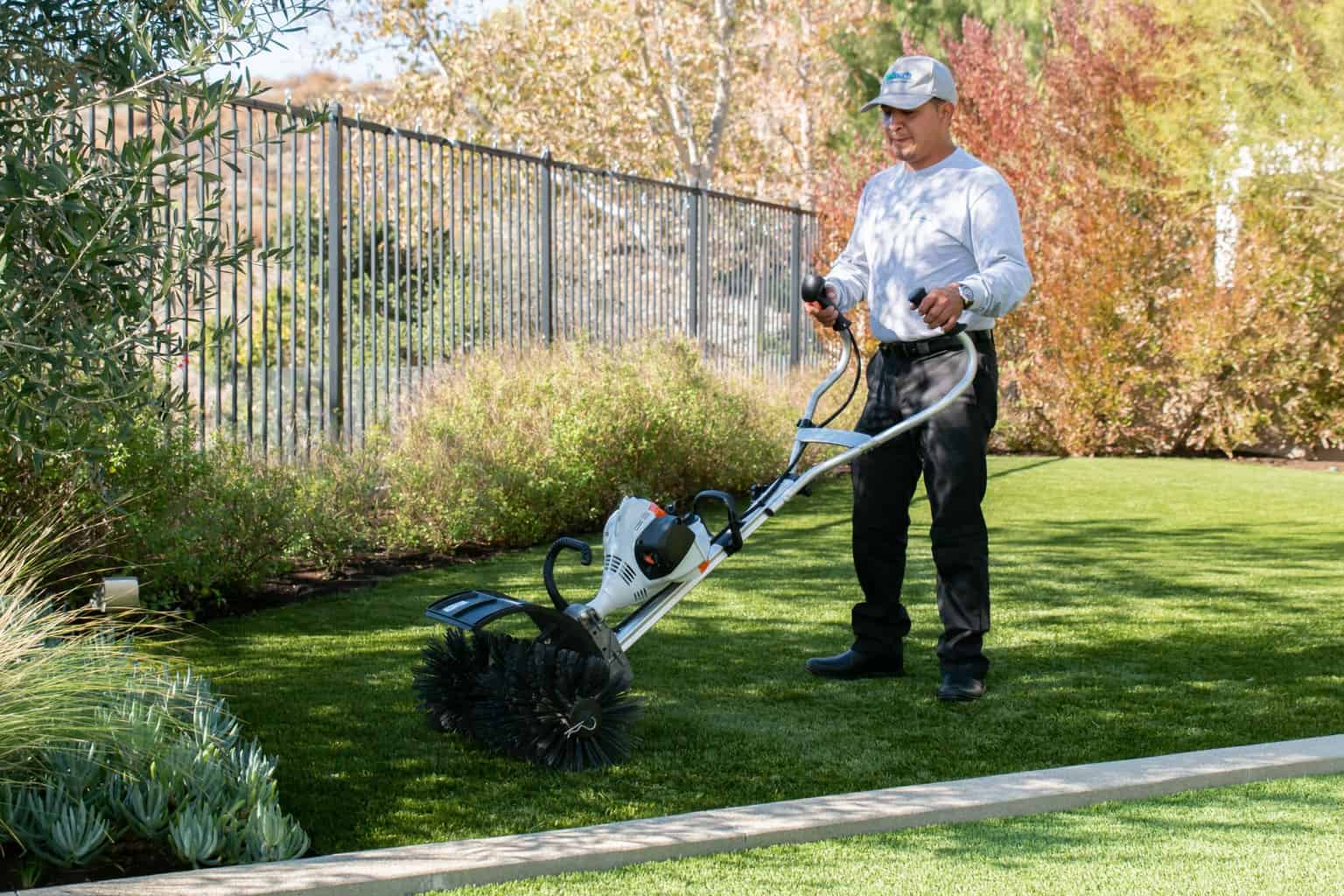

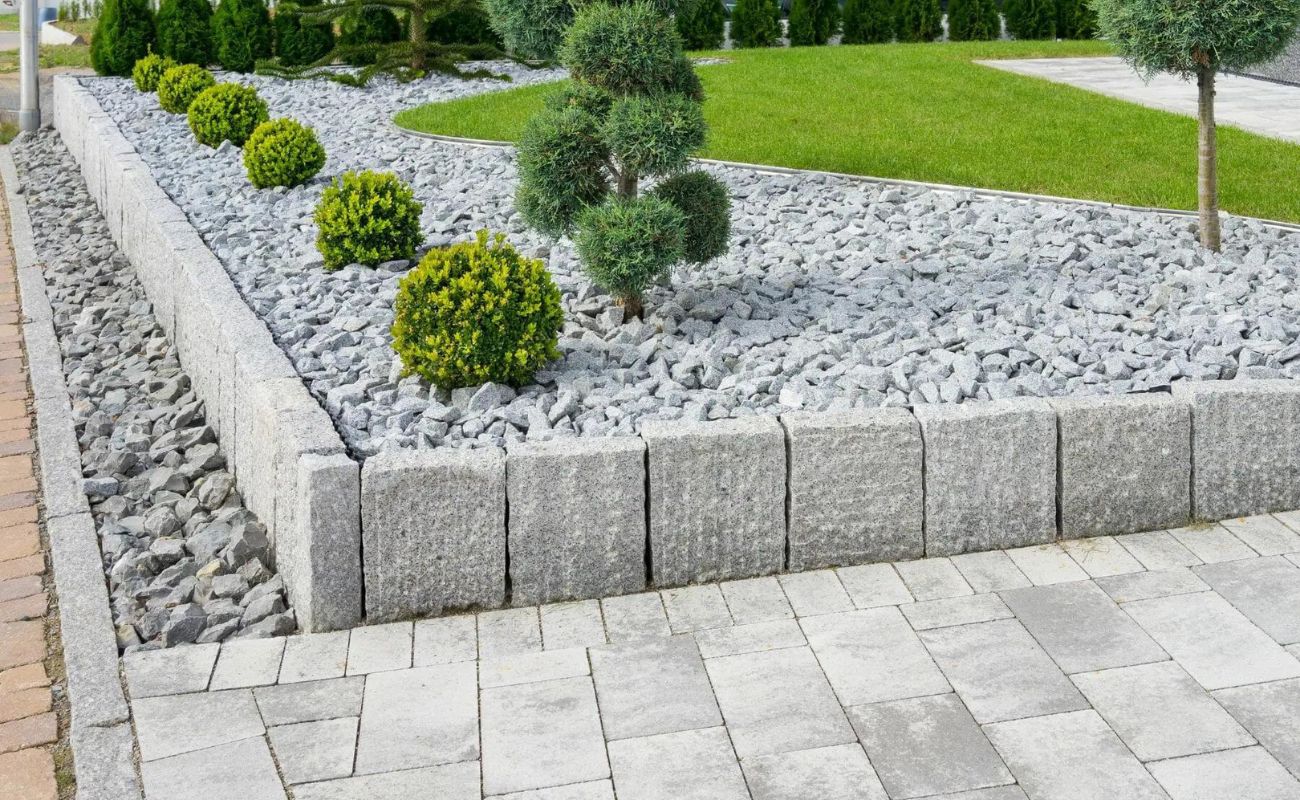
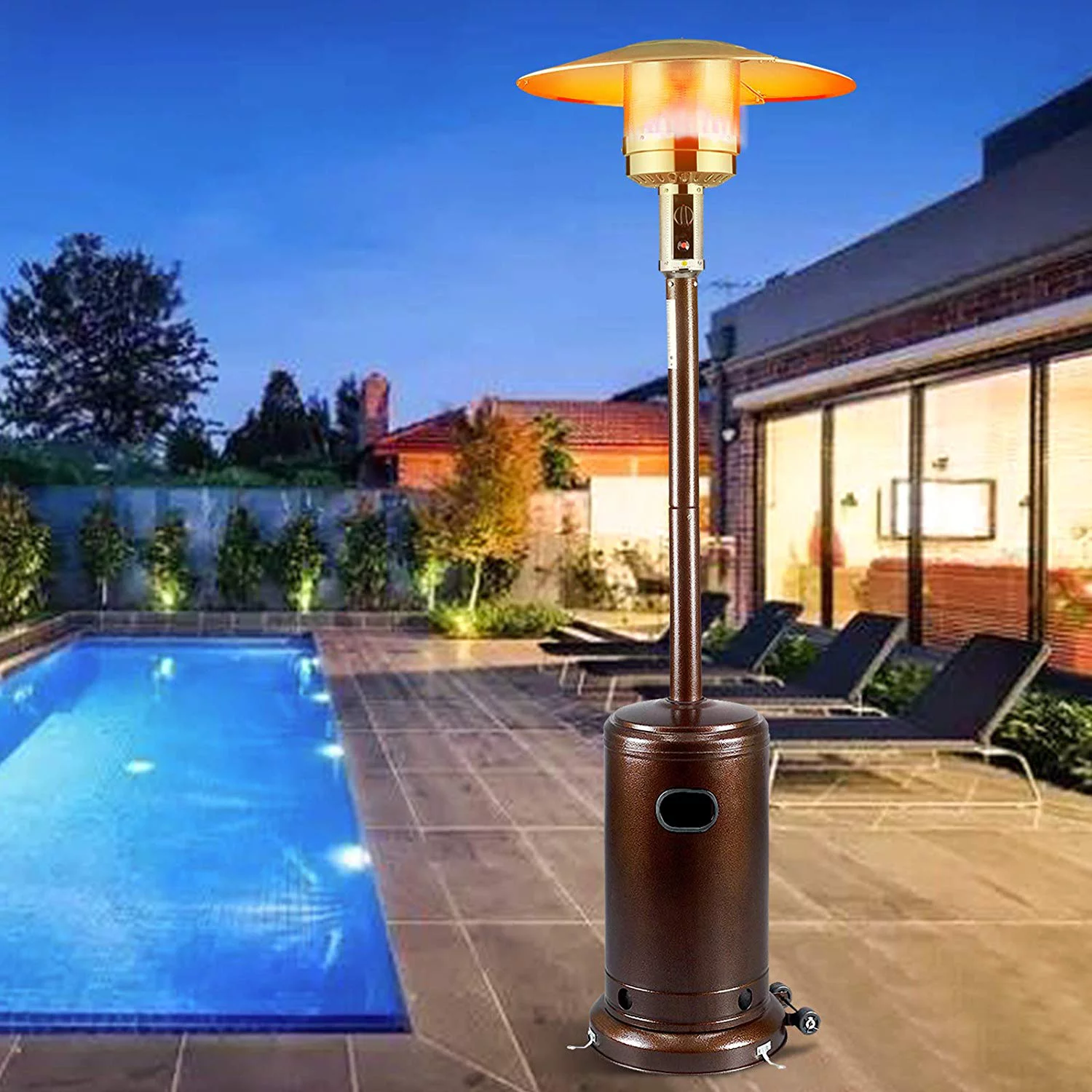

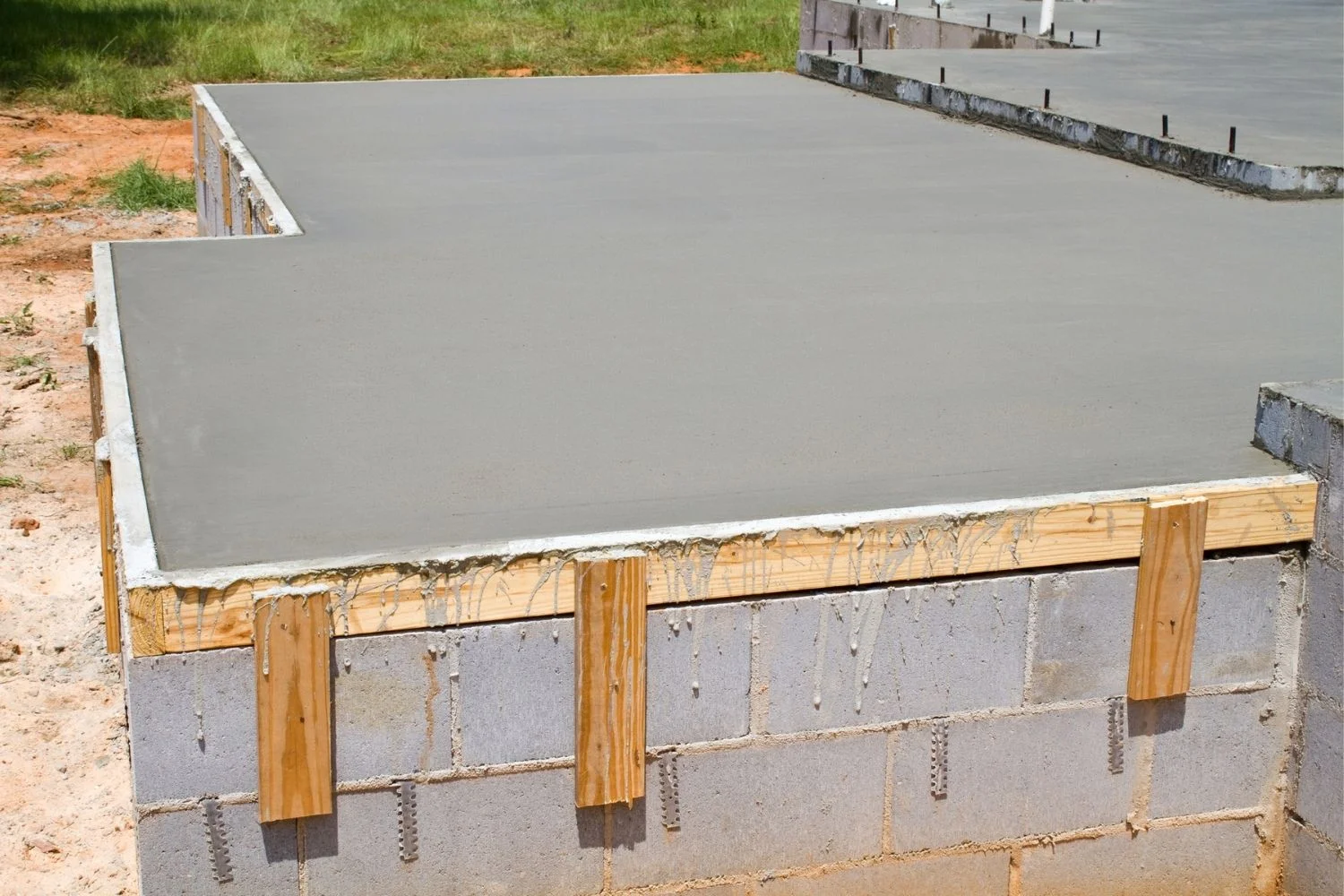
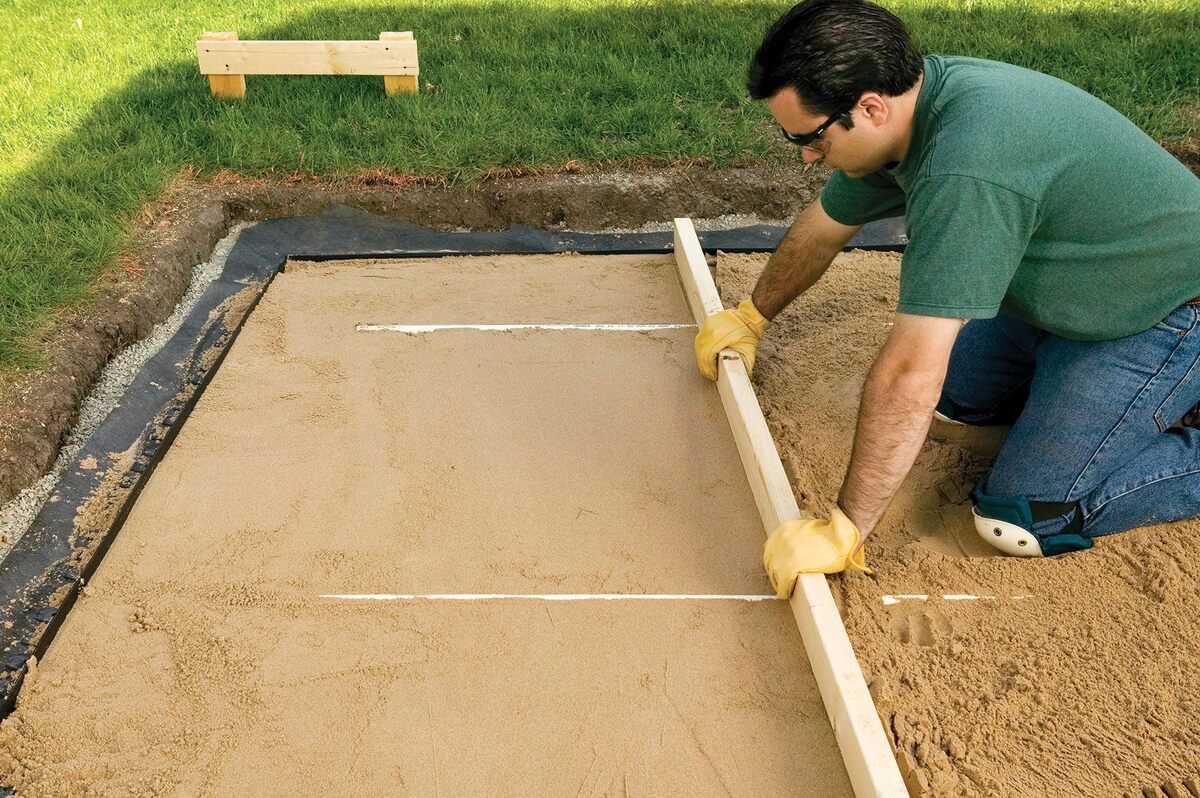

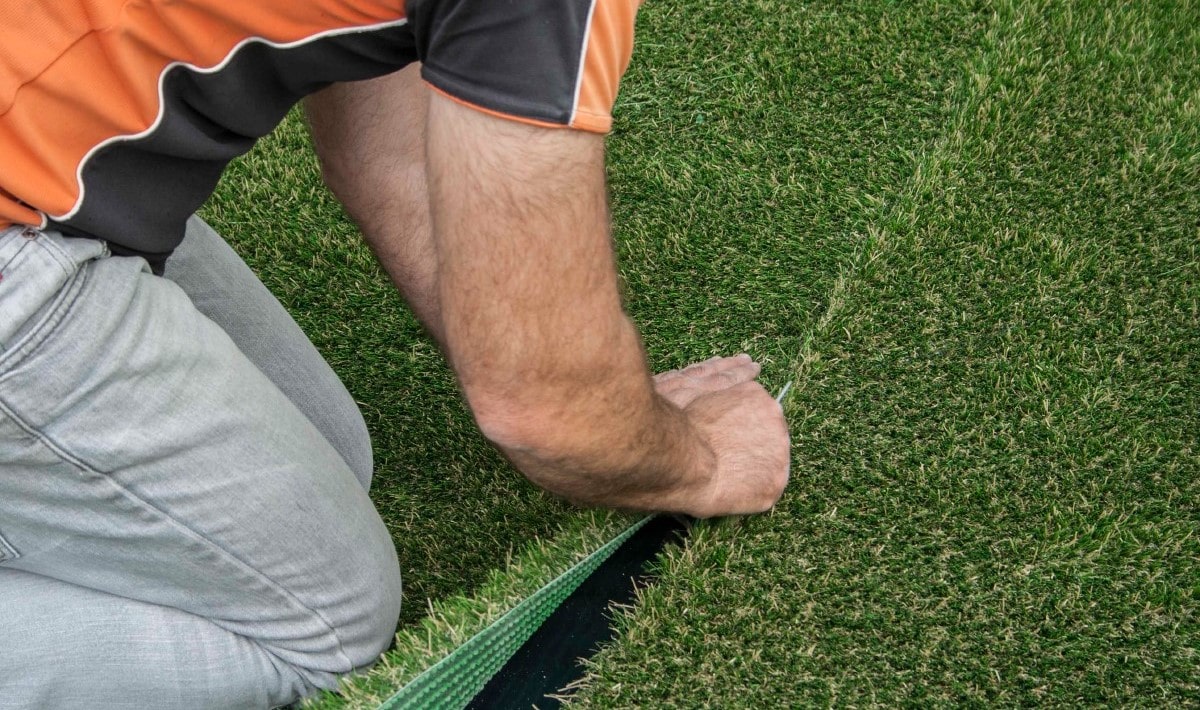
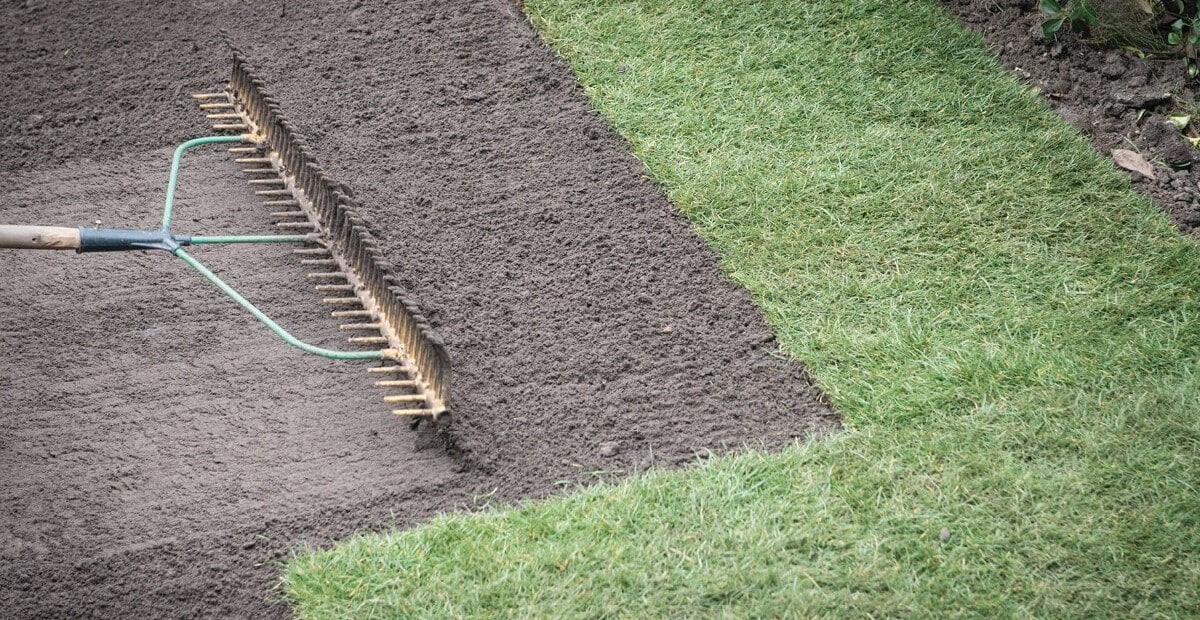

0 thoughts on “How Much Turf Grass Needed To Produce Oxygen For Family Of Four”